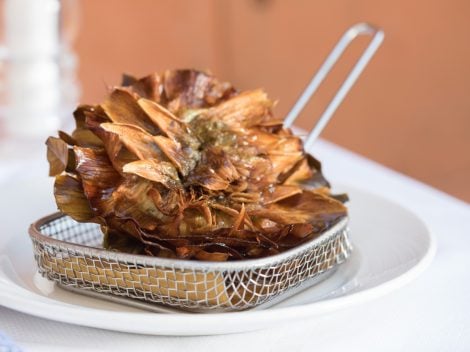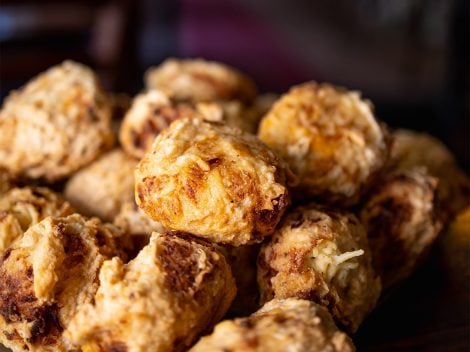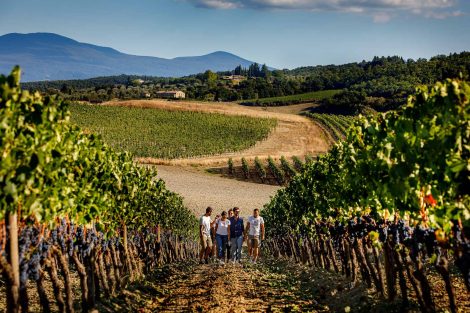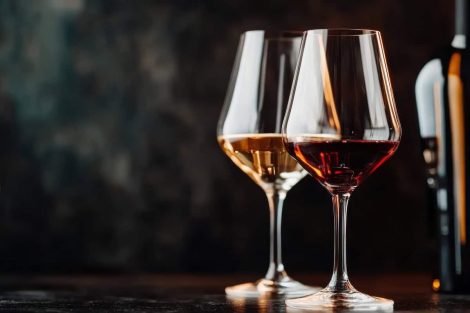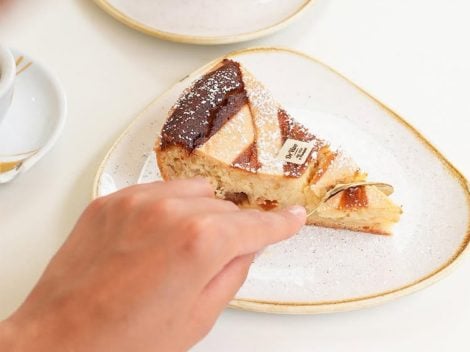Boeuf bourguignon
Everyone knows it today thanks to the brilliant 2009 comedy Julie&Julia, however boeuf bourguignon has more ancient origins. Played on the big screen by Meryl Streep, the epic story of Julia Child – who died in 2004 after a successful television career, punctuated by the publication of several cookbooks – thus conquered the general public, thanks to the film that is still a blockbuster and appreciated by food lovers. Following in the footsteps of the cook who taught Americans how to cook, one of the most complicated recipes that writer manqué Julie Powell tries to recreate for her blog is boeuf bourguignon: a slow-cooked beef stew braised in red wine and accompanied with potatoes, carrots, mushrooms, garlic, onions and a bouquet garni, a bundle of herbs that usually includes thyme, parsley and bay leaves.
Boeuf bourguignon in the Middle Ages: the peasants' dish
As always, it is difficult to establish a single recipe. Many are the variations, but the main thing to understand is how this great classic of French cuisine originated. As the name suggests, it all began in Burgundy, a well-known region for its fine wines but also for its Charolais cattle, renowned for their tender and tasty meat. It is no wonder then that in this lucky land originated the dish that combines two of its most famous ingredients. Even more interesting is the fact that this flavourful, rich and expensive recipe was invented by peasants in the Middle Ages. Of course, the ingredients used were of higher quality, but as is often the case, it was the country families who put together the food available. At the time, slow cooking was quite common in rural areas because it allowed large quantities to be cooked together to feed more people, as well as being one of the safest ways to cook the less valuable and thicker cuts of meat, which otherwise would have been wasted.
Boeuf bourguignon according to Escoffier and Julia Child
Although this recipe has medieval origins, the first written traces appeared only in 1903 thanks to chef Auguste Escoffier, who brought boeuf bourguignon to the dining tables of high society city folk in Paris and London. It was in luxury hotels such as the Ritz, the Savoy or the Carlton Hotel that the beef stew began to become popular, but cooked in Escoffier's way, using a whole piece of beef instead of many chunks. And yet, today the dish is always served with diced meat... why? This evolution was launched by American cook Julia Child with her famous 1961 cookbook ‘Mastering the Art of French Cooking’, incorporating lardons, as well as instructions to dry off the beef before searing it in the pan.
The basics of a good boeuf bourguignon
Child’s recipe, however, is not the only one. Many chefs have reinterpreted the dish over time, including Anthony Bourdain, who recommended using boneless beef shoulder or neck. Whatever recipe you choose, for an excellent boeuf bourguignon you need to marinate the meat well in a quality wine, best if a Pinot Noir or a Gamay from the region. It is then important to make the best use of the cooking juices of the various ingredients – onions and sautéed mushrooms for example – which should be combined, blended and cooked to obtain a tasty and fragrant sauce for the meat. Lastly, the recipe’s star: the beef, which must be browned over a high heat, before adding it to a casserole and pouring the wine over it until fully covered. It is cooked slowly in the oven, usually for about three hours, but the result will be worth the wait: a tender, succulent and tasty meat (there are also variations, such as lamb bourguignon, however beef remains the best choice). And here more than ever… 'it tastes even better the next day'.
by Michela Becchi

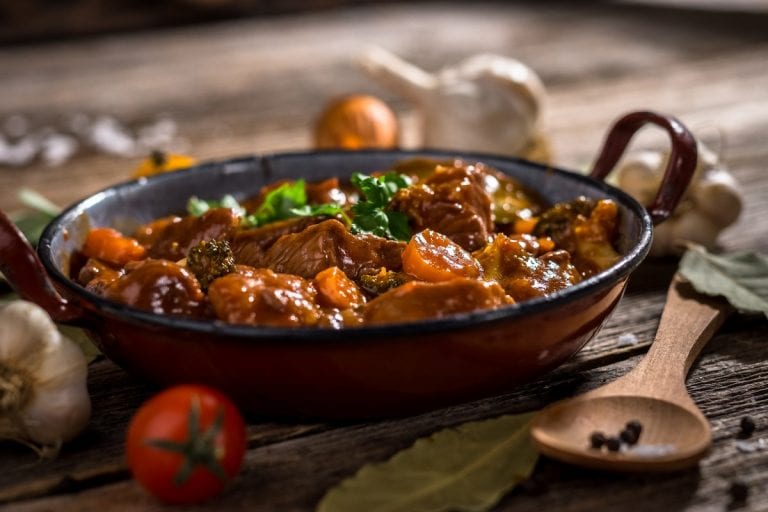
 Unknown genius: the Italian inventor of Cynar who was building electric cars and studying Artificial Intelligence 50 years ago
Unknown genius: the Italian inventor of Cynar who was building electric cars and studying Artificial Intelligence 50 years ago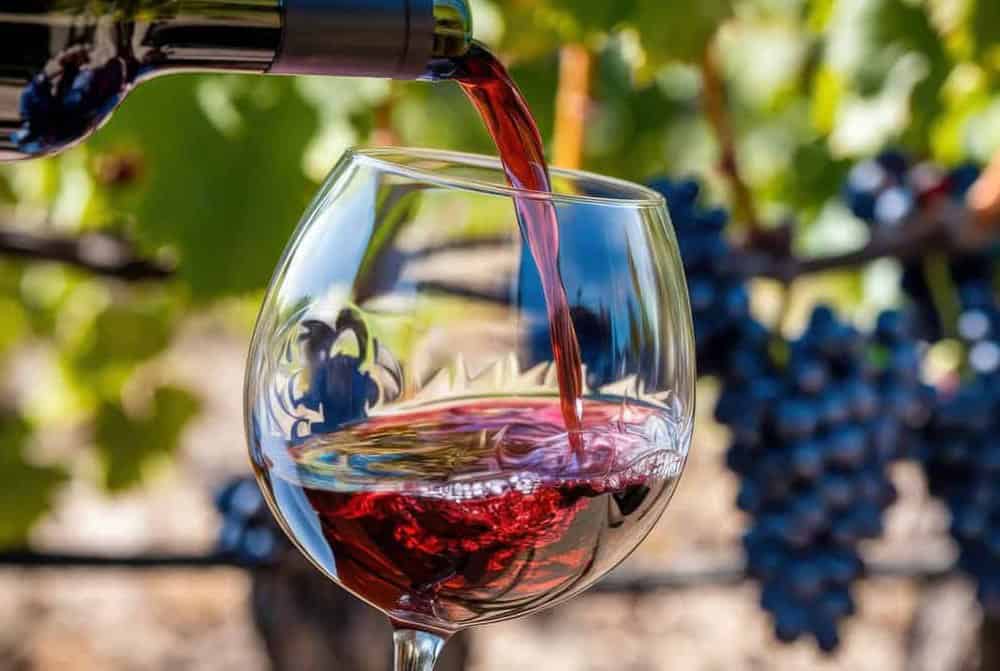 The 11 best-value Dolcetto wines from the Langhe
The 11 best-value Dolcetto wines from the Langhe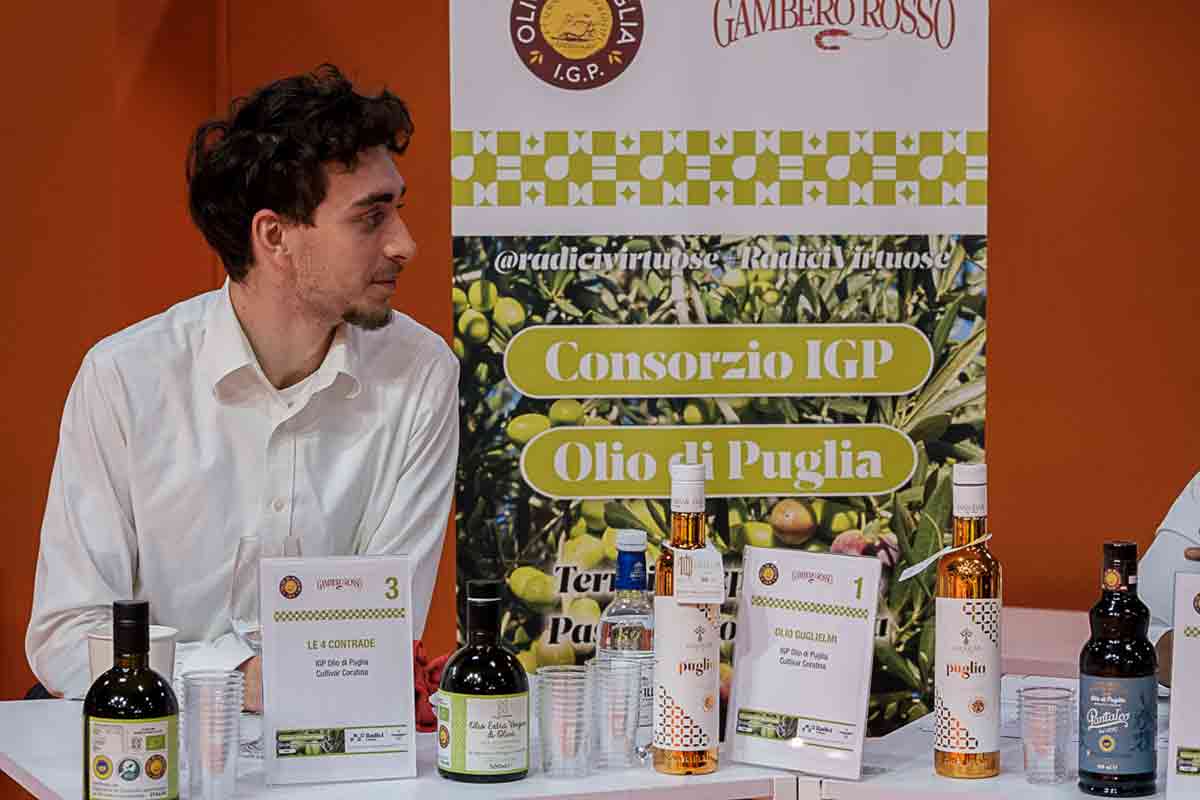 Coratina party in Paris: the power of Puglia in a drop of oil
Coratina party in Paris: the power of Puglia in a drop of oil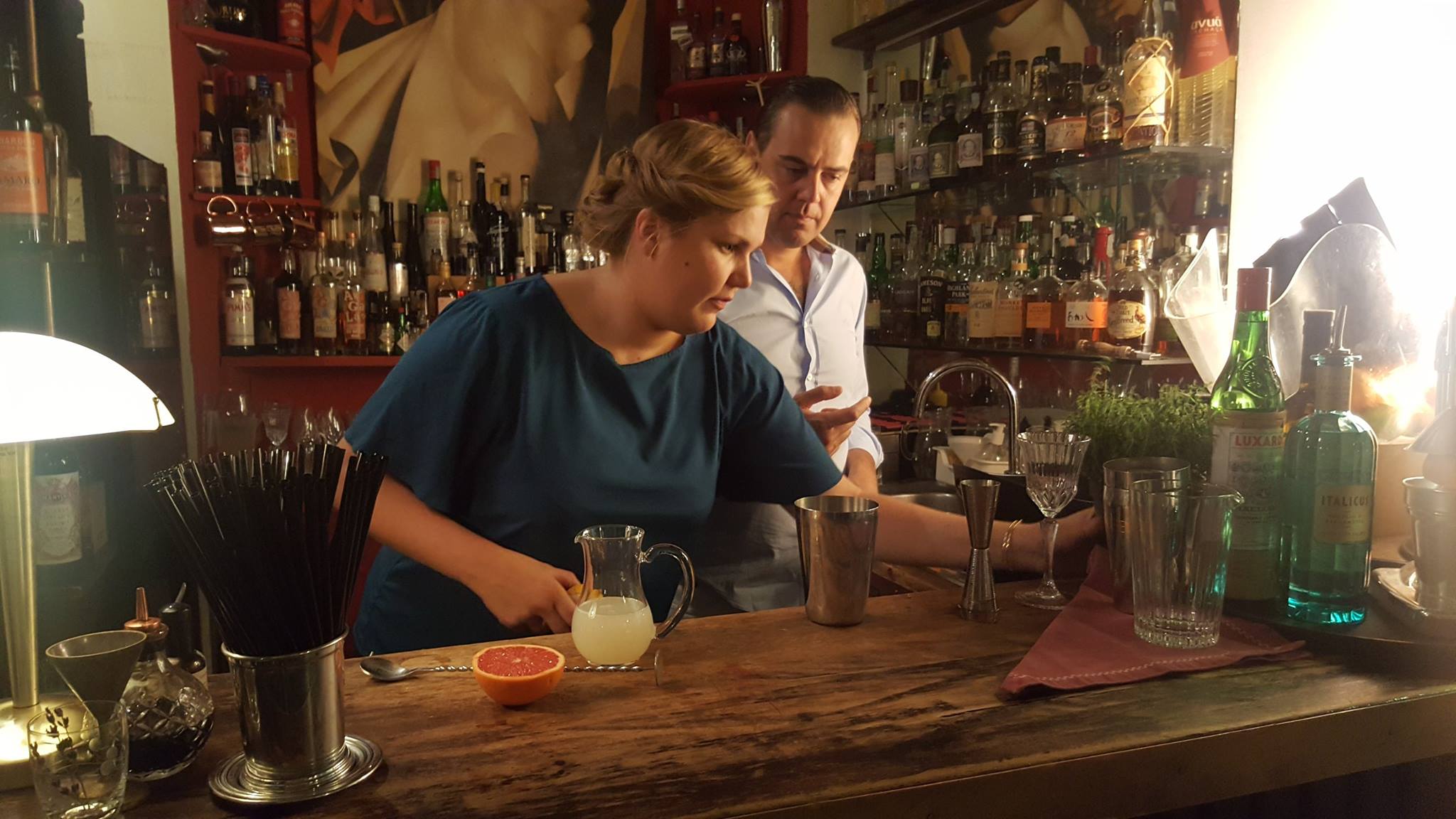 In a historic building in Genoa hides a top cocktail bar
In a historic building in Genoa hides a top cocktail bar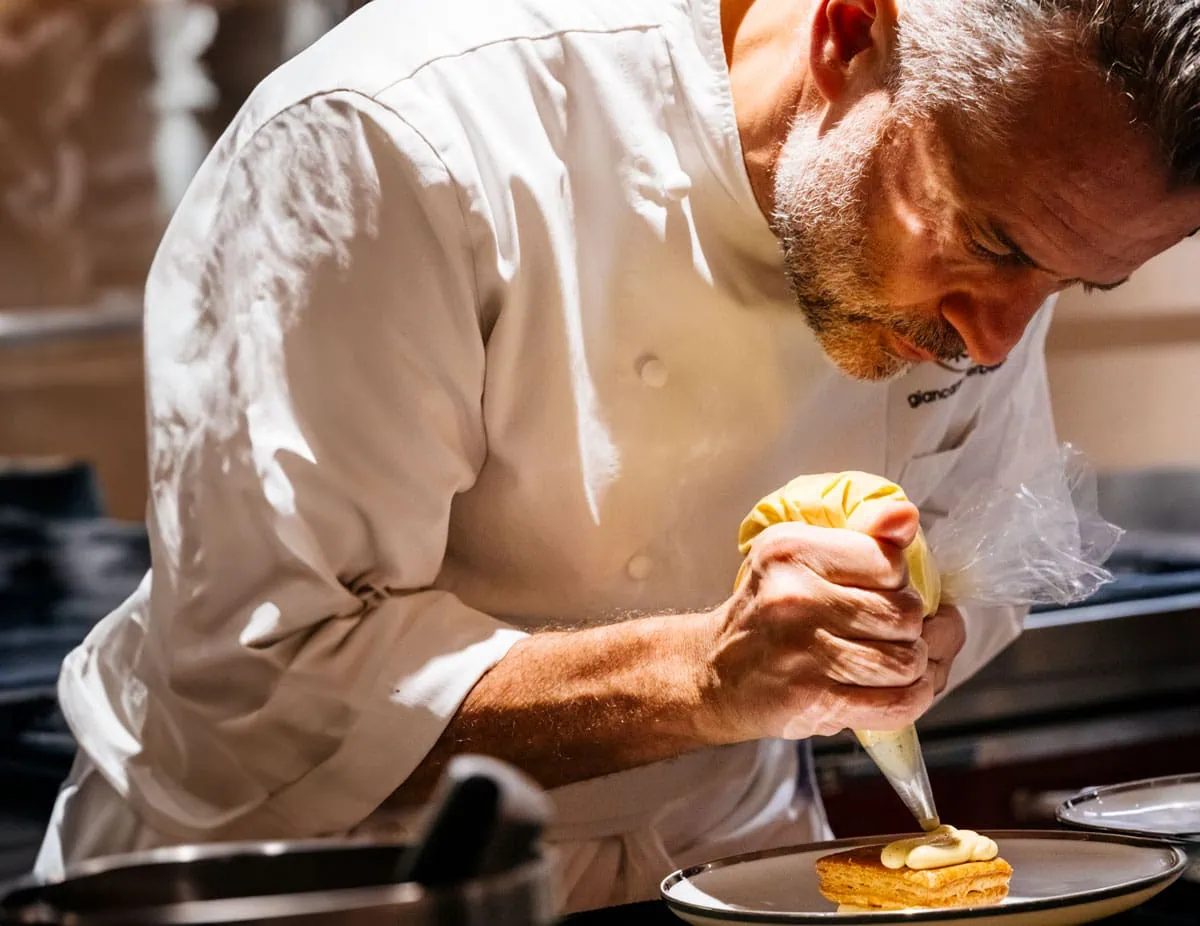 Giancarlo Perbellini: “The future? Less oppressive restaurants. If we don’t make young people fall in love with this job, we might as well close”
Giancarlo Perbellini: “The future? Less oppressive restaurants. If we don’t make young people fall in love with this job, we might as well close”
